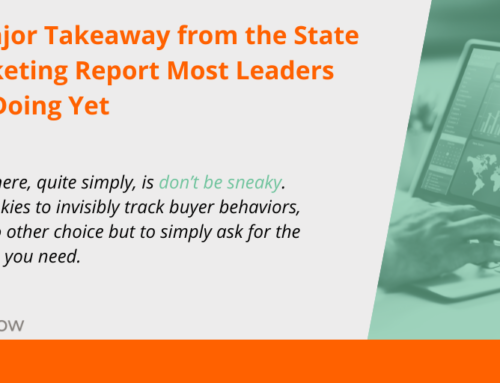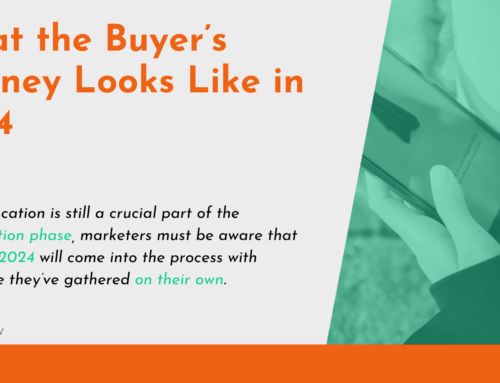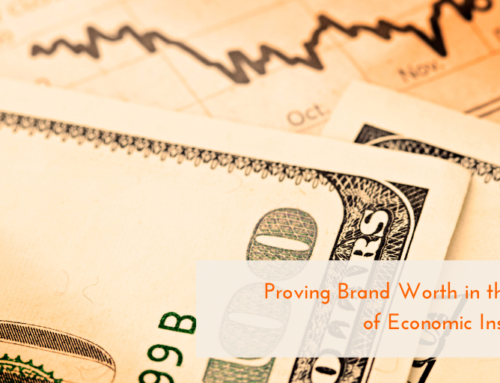
If you’ve never really considered customer service an important step in your marketing strategy, then now’s the time to start. You’re already aware of the buyer’s journey and how to tailor your marketing to reach those customers wherever they are on the path to a purchase. What happens after that purchase? Don’t you want those buyers to come back again and again? Even better, you want those buyers to tell others—to become brand evangelists and spread their love by word-of-mouth.
How can you make this happen? By making excellent customer service a part of your marketing strategy.
Customer Service as a Marketing Strategy
If you’re aware of the buyer’s journey, then you know it looks a little something like this:
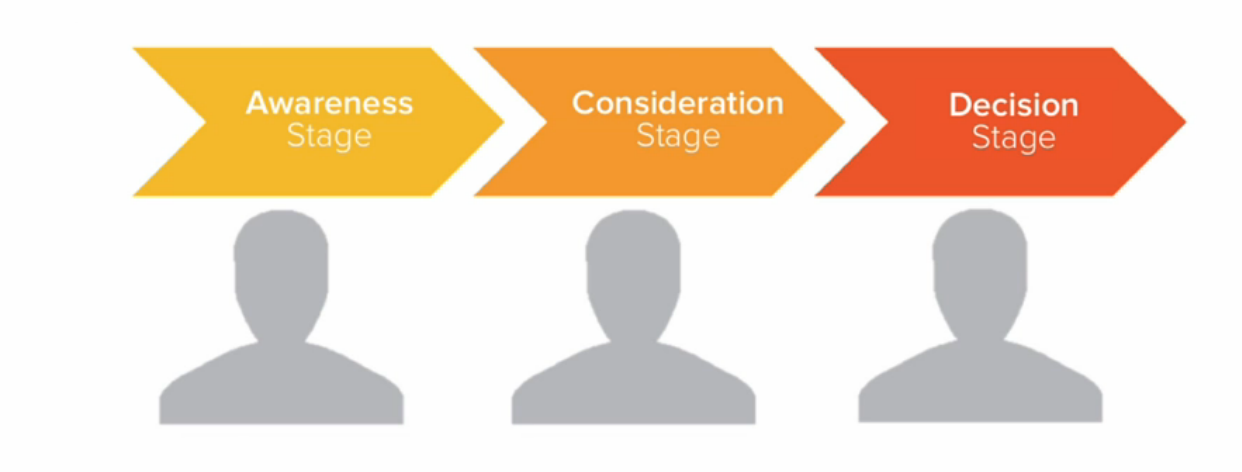
From HubSpot
Using this movement that all buyers make from awareness to purchase, marketers then created a marketing funnel to develop content that would reach consumers at every phase in the journey. The problem with this particular model is that it doesn’t really say what to do with those buyers after they’ve made a purchase. You want them to come back for more, right?
That’s when an updated version of the journey came about—one that took the next phase into consideration. It looks a little something like this:
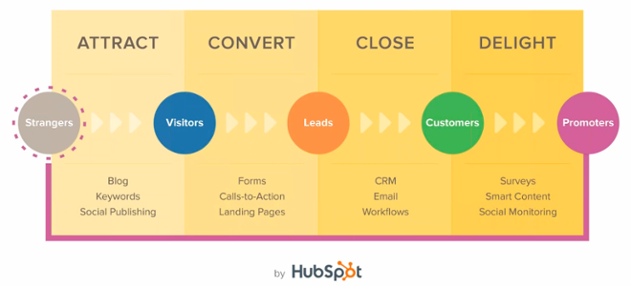
And there it is: buyers become customers, who then become brand advocates. And one of the ways to turn those buyers into advocates is through customer service.
The Cost of Bad Customer Service
More than half of Americans have scrapped a planned purchase after a negative experience. That means American companies miss out on $62 billion dollars worth of sales annually because they aren’t committed to providing excellent service after the sale.
A missed sale is bad, but losing a customer for good is even worse. One-third of Americans say they will switch companies after a single bad experience with a company, and 74% of consumers said that they would switch businesses if the purchasing process was too hard.
Not one single brand can afford to lose sales or customers. Not only are they your source of income, but you have already invested money into gaining their business. Your marketing department has poured time and resources (which in the end is all money) to gain these customers. While some businesses may not spend as much to acquire new customers, other companies might spend hundreds or even thousands on acquiring one. For instance, Sprint PCS found that it cost them $315 for one new consumer. However much you spend on customer acquisition, it adds up—and quickly.
By this point—the point where you’ve acquired a customer—your marketing department has worked very hard, and so has your budget. The good news is, they shouldn’t have to work so hard to keep that customer. In fact, Harvard Business Review found that it can be 5x to 25x more expensive to acquire new customers than to retain current customers. Less work and less spending is a good thing.
The Benefits of Customer Retention
Not only are happy customers less expensive to keep around, they’re also more likely to make new purchases than a first-time buyer. The average conversion rate for a first-time buyer is 1-3%.A customer who has purchased before has 60-70% conversion rate.
Those customers who are more likely to buy again are also willing to pay more. A customer who has purchased from you several times will spend three times more than your average customers. Your most loyal customers, the ones who return again and again, will spend up to five times more.
Saving money on customer acquisition and retention is a wonderful thing, but the best benefit by far of customer service in your marketing strategy is the creation of brand evangelists. Nothing beats word-of-mouth marketing; 77% of customers say that positive experiences would lead them to recommending it to a friend. A first-time buyer will refer an average of 3.1 people to the store where the purchase was made. After four or five purchases, a buyer will refer 5.4 people. Upon ten or more purchases, buyers refer an average of 7.1 people.
This is free and effective advertising, all gained by providing a simple and enjoyable shopping experience to the buyer.
Making Customer Service Part of Your Marketing
Almost any time you hear the words “marketing” or “customer service,” they’re in reference to different departments within your business. And sure, the customer service department has a big job to do. That doesn’t mean your marketing department doesn’t have some service tasks they can take care of.
For instance, some follow-up emails asking how the buyer liked the product could go a long way toward building a rapport that could develop into brand evangelism. Some mentions on social media always get a great response. Reach out and ask those buyers if they’d like a sneak peek of your newest product, send them some coupons or discounts on their next purchase as a thank you, or give them a chance to help you develop your “next big thing.” It won’t take long for that extra attention to convert your customers into advocates.
How can you make customer service an important part of your marketing strategy? What can you do to please and retain your buyers? Before you begin throwing points and punch cards at your buyers, discover what they really want. What will keep them coming back for more? Then find a way to give it to them. Because those return buyers are worth so much more than the people who haven’t shopped with you yet. Give us a call and let us help you develop a strategy that works.

